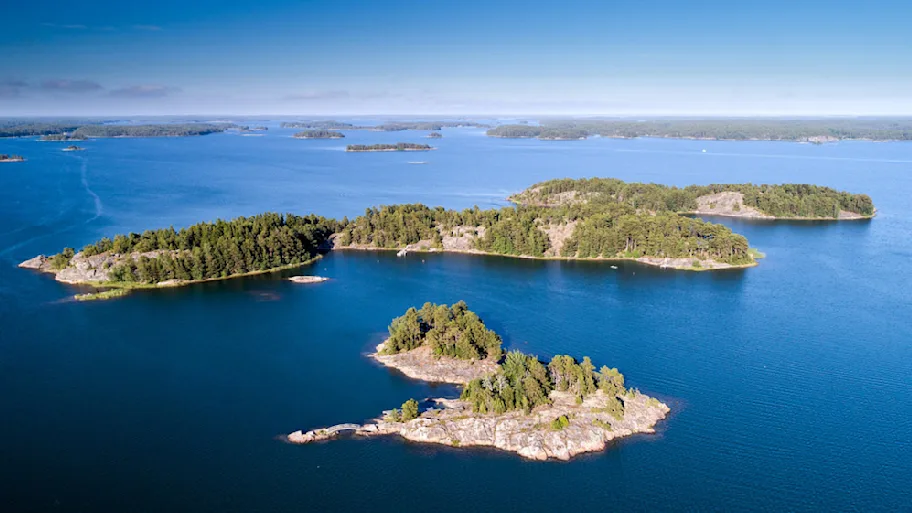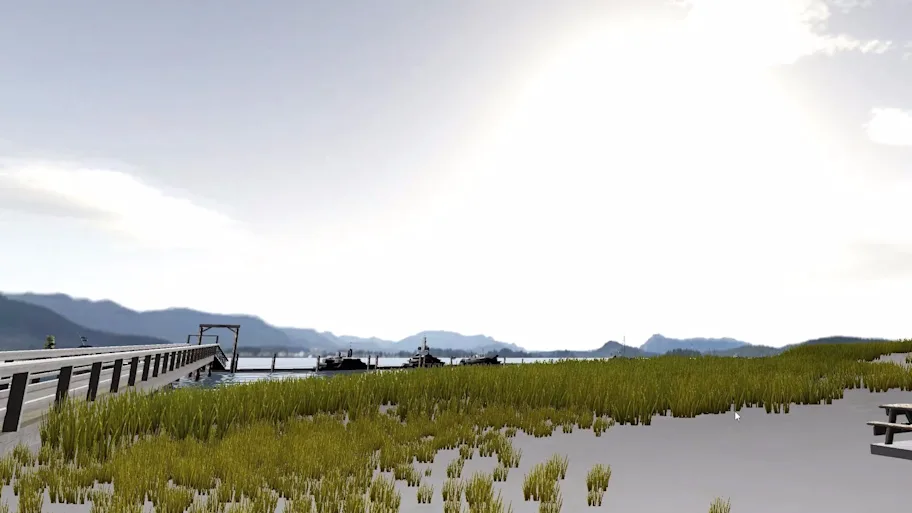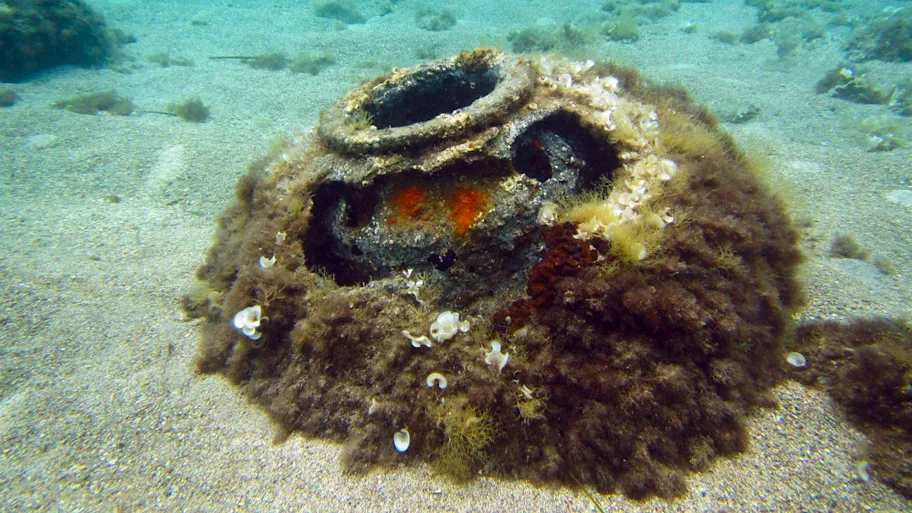
- Science News
- Climate action
- Underwater forest’s recovery offers hope for marine restoration across the globe
Underwater forest’s recovery offers hope for marine restoration across the globe
by Angharad Brewer Gillham, Frontiers science writer

Scientists show that efforts to restore the building blocks of marine ecosystems are paying off, with macroalgae that provide food and shelter for other species bouncing back over 10 years of growth in an underwater seaweed forest in the Mediterranean Sea.
Human activity has degraded ecosystems and damaged biodiversity around the world, but ecosystem restoration offers hope for the future. Scientists studying the restoration of underwater seaweed forests which provide other species with food and shelter have found that 10 years of restoration efforts have helped a damaged forest regrow to richness and strength comparable to forests that have never been disturbed.
“Macroalgal forests are found along over one-third of the world’s coastlines and underpin entire ecosystems,” said Dr Emma Cebrian of the Centre d'Estudis Avançats de Blanes, corresponding author of the study in Frontiers in Marine Science. “In 2011, a restoration action took place in the Bay of Maó, Menorca, where a macroalga species was reintroduced in the area where it used to thrive. After 10 years, we found that the associated algal species returned to the habitat, and with them, the ecosystem functions they provide.”
Under the sea
Cebrian and her team used a trait-based approach to investigate the functional recovery of the seaweed forests: the link between restoration efforts and the forest functioning as it did before it was damaged. The team looked at five localities of Gongolaria barbata, one of the ‘canopy-forming’ species vital to maintaining seaweed forests, to understand how restoration of these species can work to revive the ecosystem.
“Among all seaweeds, canopy-forming macroalgae provide structure to the ecosystem similar to trees in a terrestrial forest,” said Cristina Galobart, first author of the study, also based at the Centre d'Estudis Avançats de Blanes. “They influence the local environment by altering, for example, the light and water flow. These modifications in the environment create ecological niches that other species can profit from.”

The evaluation of restoration projects tends to happen on short timescales, especially in marine ecosystems, where these projects are less established. However, projects that restore slowly maturing species need longer timeframes for assessment, and while we understand how vegetation structure and species diversity are restored, questions about how an ecosystem returns to function linger.
To measure function, it’s necessary to study quantifiable traits in the target species that capture the health of the ecosystem. The team chose to look at a suite of 14 traits, such as the size of specimens and whether they were from a longer-living or slower-growing species. The presence of species that need more time to mature or grow larger can indicate a healthier ecosystem, better able to support them.
The team looked at one actively restored locality, where restoration efforts had been ongoing for 10 years, a nearby locality where restored macroalgae had spread beyond the bounds of the initial restoration area, a neighboring locality that had not been restored, and two reference localities that had not been disturbed. They collected samples from each of these locations for identification and analysis, then dried and weighed the samples to measure the abundance of each species present.
Download original article (pdf)
Growing strong
They found that the restored locality was made up of a wider variety of species than the untouched locality and the area where restoration efforts had spilled over, with a similar composition of species to the reference samples. The restored locality was even more functionally rich than one of the reference forests, although it was not made up of exactly the species that the scientists had expected. The species that make up restored ecosystems may be different to the originals while still filling the same niche in supporting local biodiversity. The restored locality had greater structural complexity and species with longer lifespans, a crucial sign of long-term recovery which increases the potential shelter the forest provides for other organisms. The additional diversity also offers potential benefits for the future: a more diverse seaweed forest may be better able to respond to environmental challenges.
“We demonstrated that a single restoration action, plus the removal of the cause of degradation, can lead to the recovery of not only a single species but also the associated ecosystem functions,” said Cebrian. “Adding information from other restoration initiatives will help to completely understand how functionality is recovered in different habitats, species, or environmental conditions.”
REPUBLISHING GUIDELINES: Open access and sharing research is part of Frontiers’ mission. Unless otherwise noted, you can republish articles posted in the Frontiers news site — as long as you include a link back to the original research. Selling the articles is not allowed.







